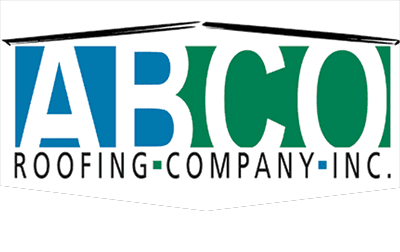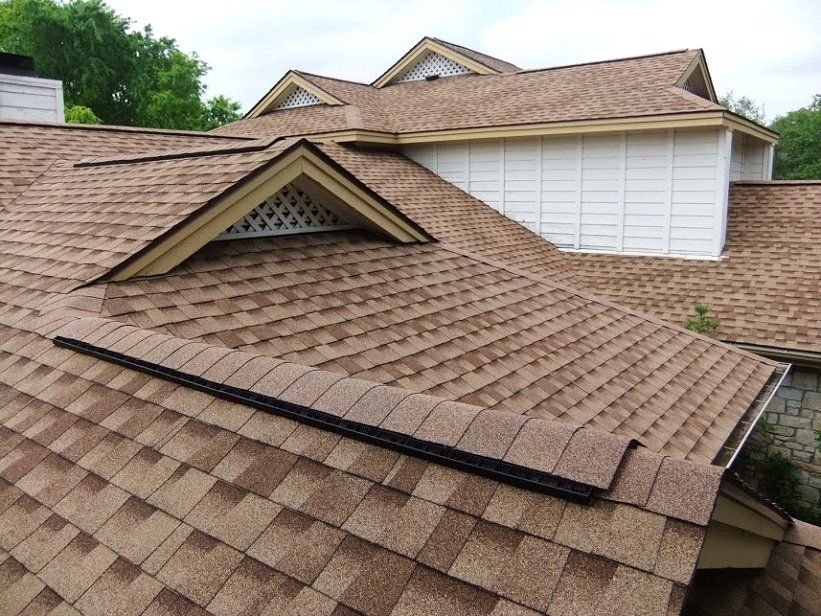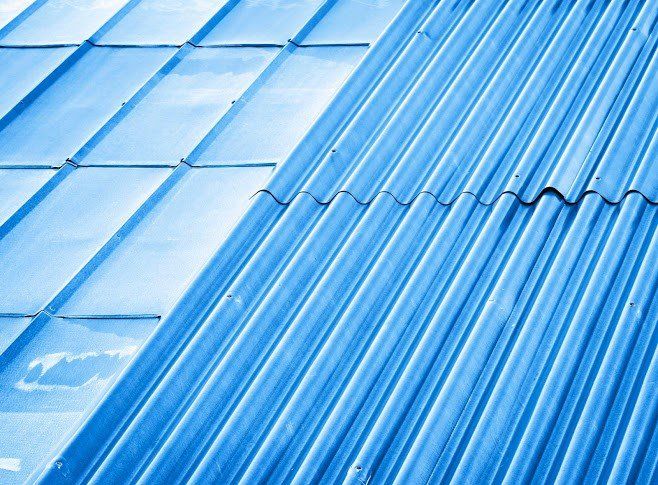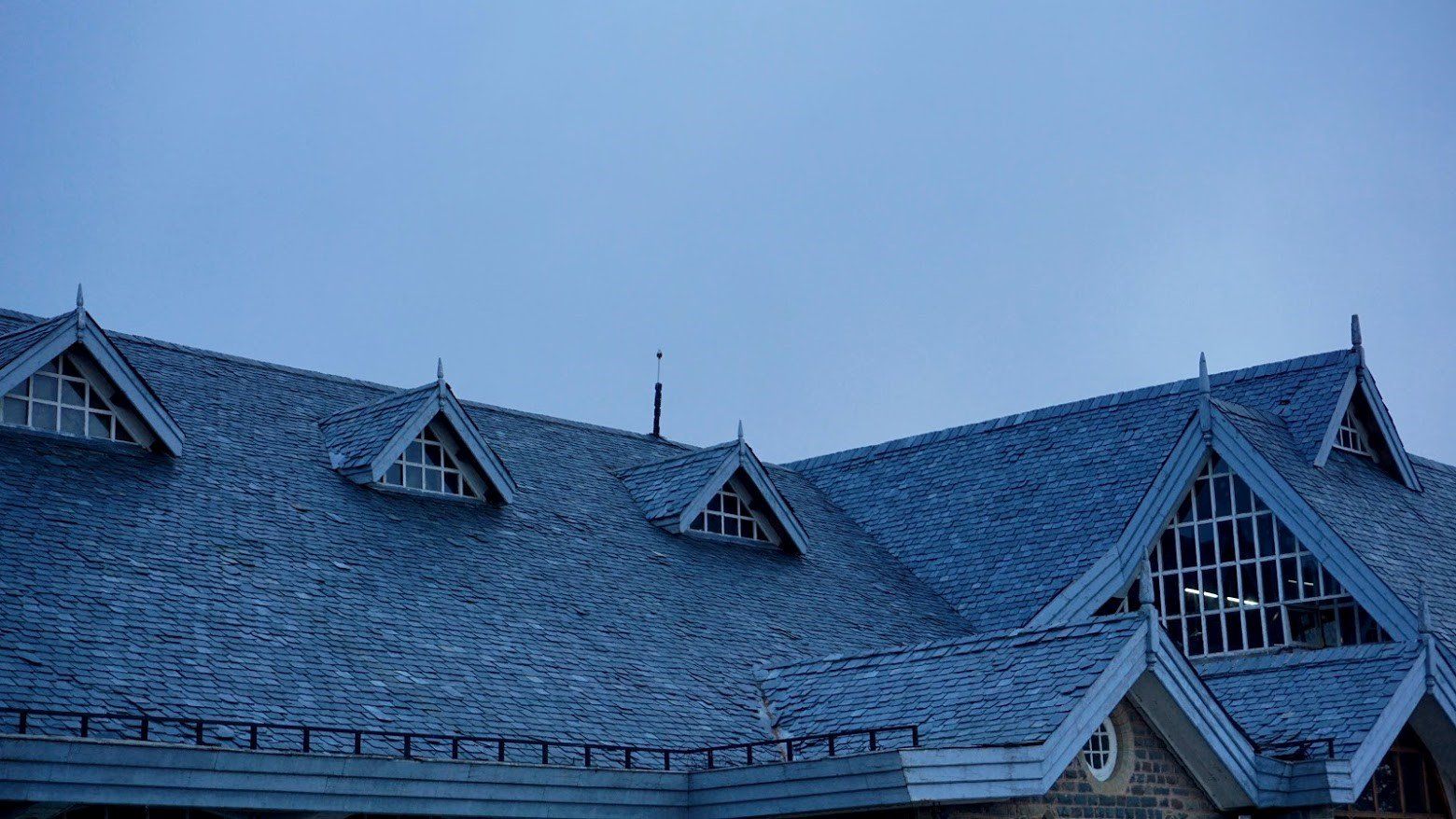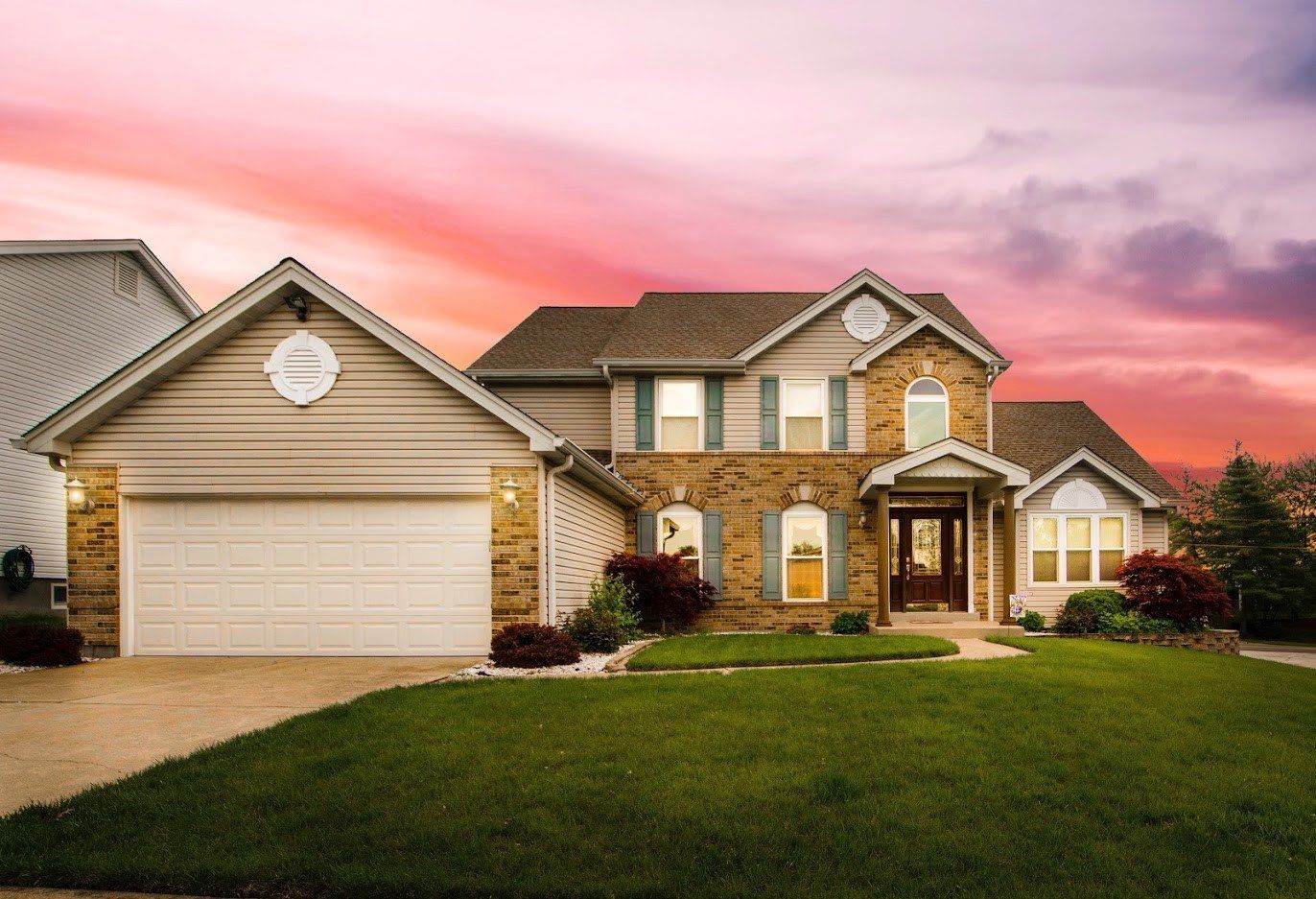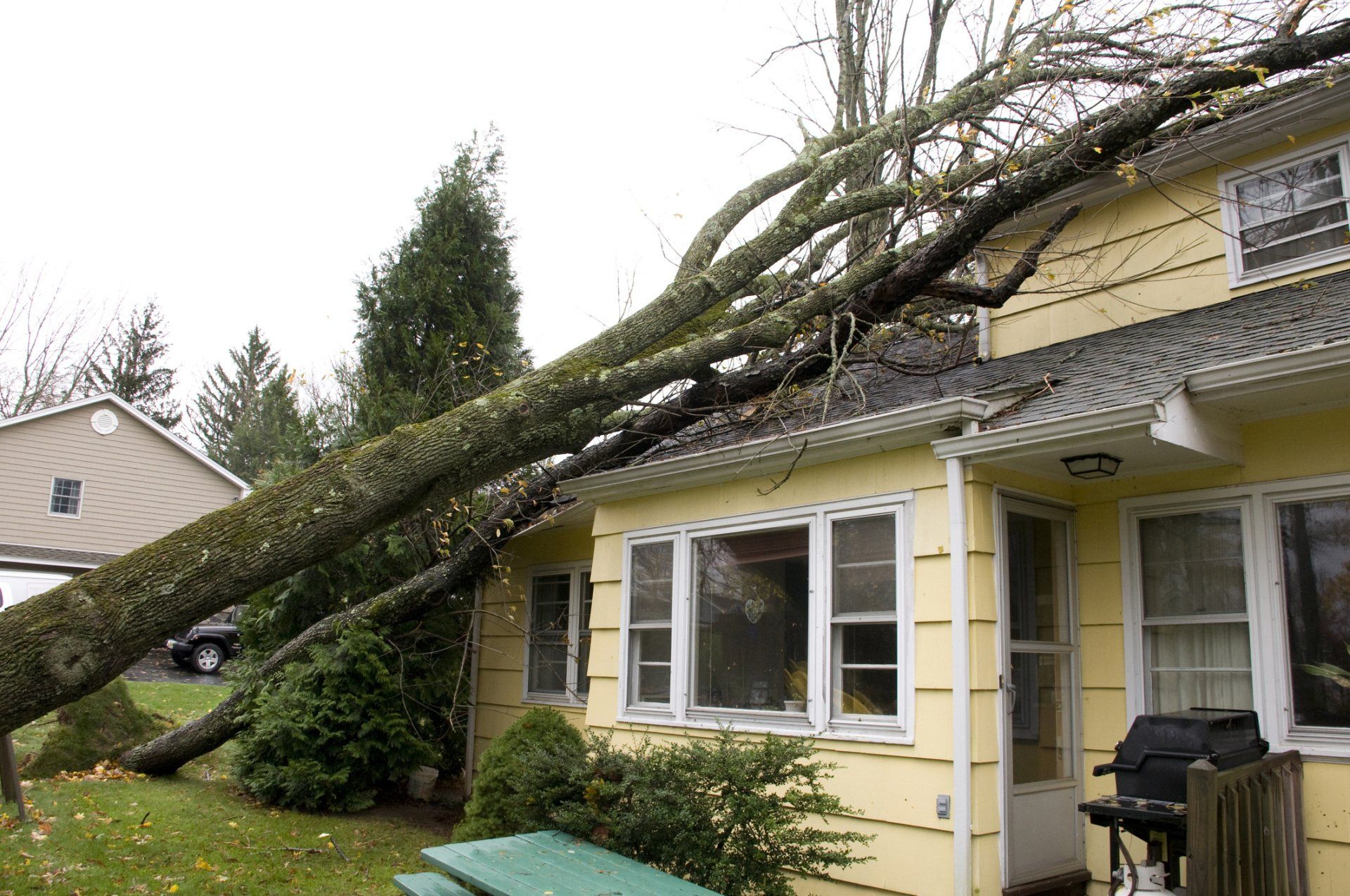2 Roofing Terms Every Homeowner Needs to Know
- By Admin
- •
- 11 Jan, 2021
- •
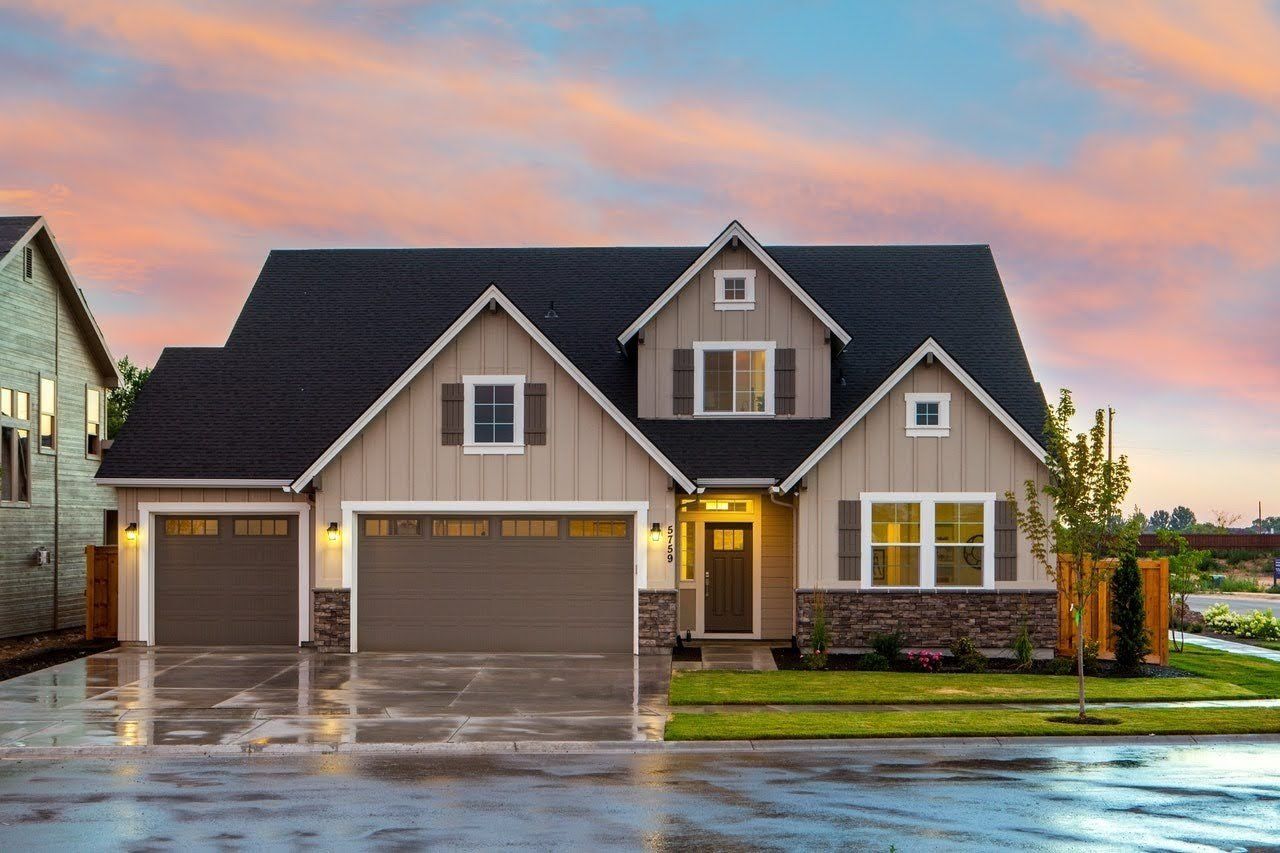
Homeowners understand regular roof maintenance prolongs the life of their property and lessens the chance for nasty surprises like leaks. Whether you perform periodic roof inspections yourself or employ an expert to advise you with regards to roofing problems, you need to be familiar with some common roofing terms. Take a look at these two roofing terms every homeowner needs to know.
1. Flashing
Most roofs contain a myriad of junctures, protrusions, and other vertical surfaces that interrupt the protective plane of roof shingles. Moisture can easily creep into tiny cracks between shingles and a variety of obstacles like sky lights, dormer windows, ventilation pipes, seams, and walls. Ultimately moisture can seep below shingles, encounter roof decking, and cause water damage.
To prevent the introduction of moisture in these instances, roofers place flashing in critical areas. Flashing is thin pieces of metal that help direct water down and away from roof shingles. You may see flashing wrapped around the base of a chimney to keep water out of crevices between the chimney and shingles
Flashing can be made of malleable metals like aluminum, steel, and even copper. Different forms of flashing are found in different areas of a roof. For instance, valley flashing rests in the valley where two roof peaks meet to help direct water off the roof, much like a miniature stream. Step flashing is useful where the roof meets a wall because its 90-degree angle ensures water flows away from the wall and onto the roof.
Roof flashing in disrepair is unable to perform its original function. During the inspection, a roofer will look for signs that indicate a repair is necessary. Corrosion, rust, holes, and bent sections mean the integrity is less than optimal. Loose and missing nails indicate a section of flashing could shift and even slide out of place. Signs of damage mean the roof deck and structure is at risk for water damage.
2. Pitch
The pitch of a structure's roof is a description of its angle or steepness. A very high-pitched roof possesses steep sides, while a low-pitched roof appears flatter. Most roofers refer to the pitch of a roof as a set of numbers that indicates the measurement of both vertical and horizontal planes. For example, a roof that rises five vertical feet for every 12 horizontal feet has a pitch of 5/12.
Homeowners should understand the importance of roof pitch because slope determines what kind of materials work best when repairs are necessary. Do-it-yourselfers may incur unnecessary costs when they use the wrong materials for their pitch after several years of failed roof performance.
For example, wood and slate shingles are exceptional for steep roofs but tend to fail when the pitch of a roof is lower than 4/12. A flatter slope is prone to water pooling, which can damage wood and slate shingles that do mesh tightly. In this case, an owner should replace wood or slate shingles with composite shingles that lock more tightly together.
Additionally, roof pitch can dictate your property maintenance plan with regards to the roof. Steep pitches allow water and debris to fall more freely. A flatter roof will collect water and debris like dirt and leaves. In either case, Homeowners need to turn a sharp eye to where runoff collects – either the gutter or the roof- and remove debris in a timely manner.
You can better maintain the roof of your greatest investment with a better understanding of roofing terms. You are also better equipped to discuss roofing issues with a qualified roofer when a problem arises beyond your capabilities.
ABCO Roofing is happy to lend a hand when you have questions about the roof on your property. Call us when you need an expert to inspect your roof today.
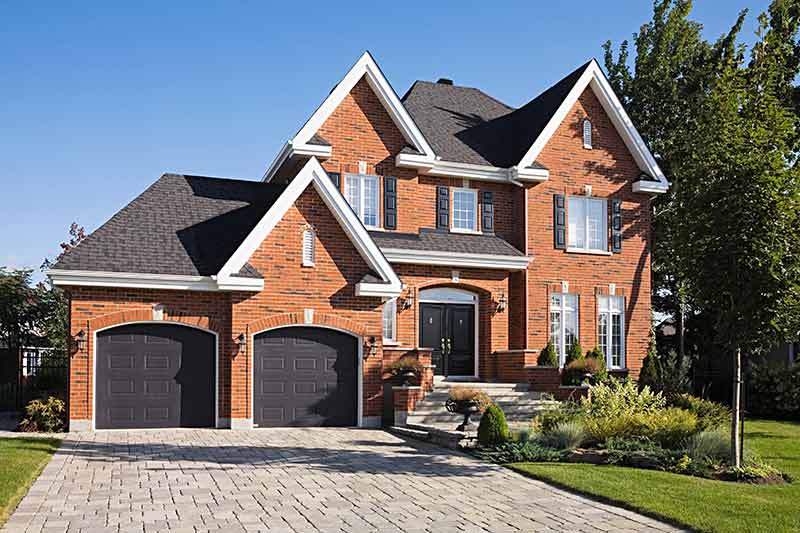
Unfortunately, you probably do not fully understand the importance of your roof and the maintenance that is required. By debunking these common roofing myths, you will learn the truth about your roof's durability, construction and maintenance.
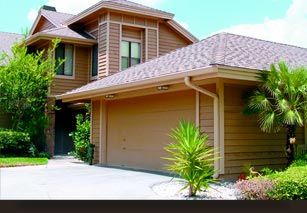
While cedar shake roofs are also relatively low maintenance, it is still a good idea to follow these maintenance tips to keep your roof looking and functioning its best.
1. Have Your Roof Inspected Annually
The best way to protect and maintain your roof is to have it inspected once a year. You can start by inspecting it yourself, both from the ground and by climbing up on a ladder. Look for shingles that are curled, missing, cracked, or otherwise damaged by any wind storms you have experienced.
If you notice any issues, then have your roof inspected by professionals. Professional roofers can spot repair any issues and prevent further damage, which protects the life span of your cedar shake roof. By inspecting your roof regularly, you will notice issues early, before they become more serious.
2. Have a New Gutter System Installed
High-quality gutters and downspouts are key to protecting your roof. When having a new cedar roof installed, it makes sense to have a new gutter system installed at the same time.
High-quality gutters and downspouts in good repair will redirect rainwater, dead leaves, and snowmelt away from your roof, siding, and foundation. This will prevent unnecessary water damage, mold, mildew, and rot. It will also help you save money because you will avoid costly repairs down the road.
3. Have Your Trees Trimmed Regularly
In addition, if your trees aren't trimmed regularly, the branches that are closest to your roof offer easy access to pests including squirrels and raccoons. These pests may damage your roof and try to get into your attic, where they can truly wreak havoc. Keeping your trees trimmed prevents a lot of unnecessary issues and keeps your trees healthier as well.
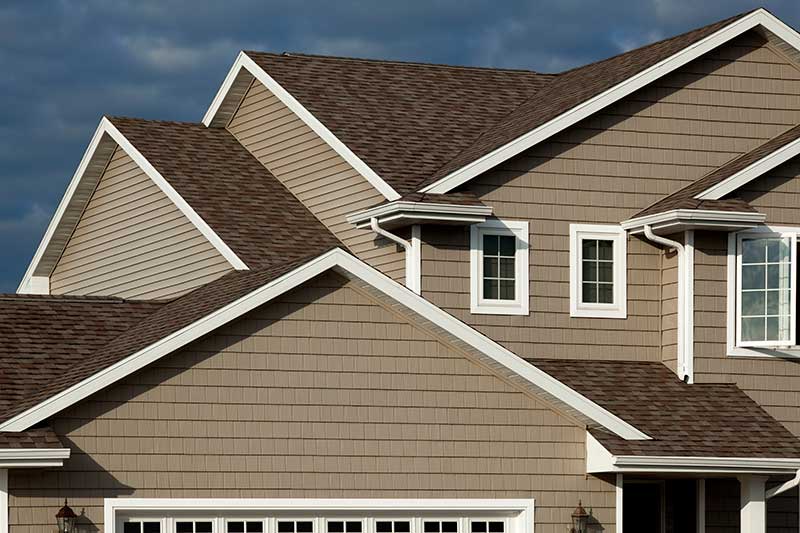
Take a walk around the perimeter of your house, and view the roof from different angles. Also inspect the rooms directly below the roof. While some minor issues can be spot-repaired, the following signs signify you should replace your roof in its entirety.
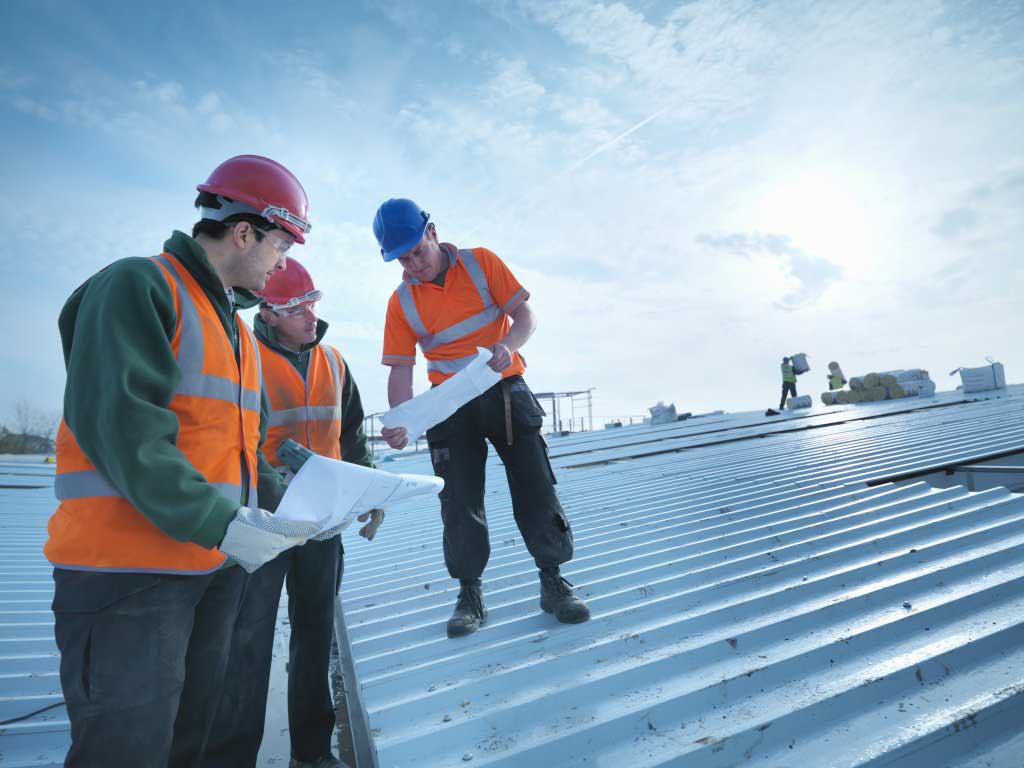
ABCO Roofing Company Inc. serves Middle Tennessee residences and business for roofing, siding, and gutter installation, maintenance, and repair.
